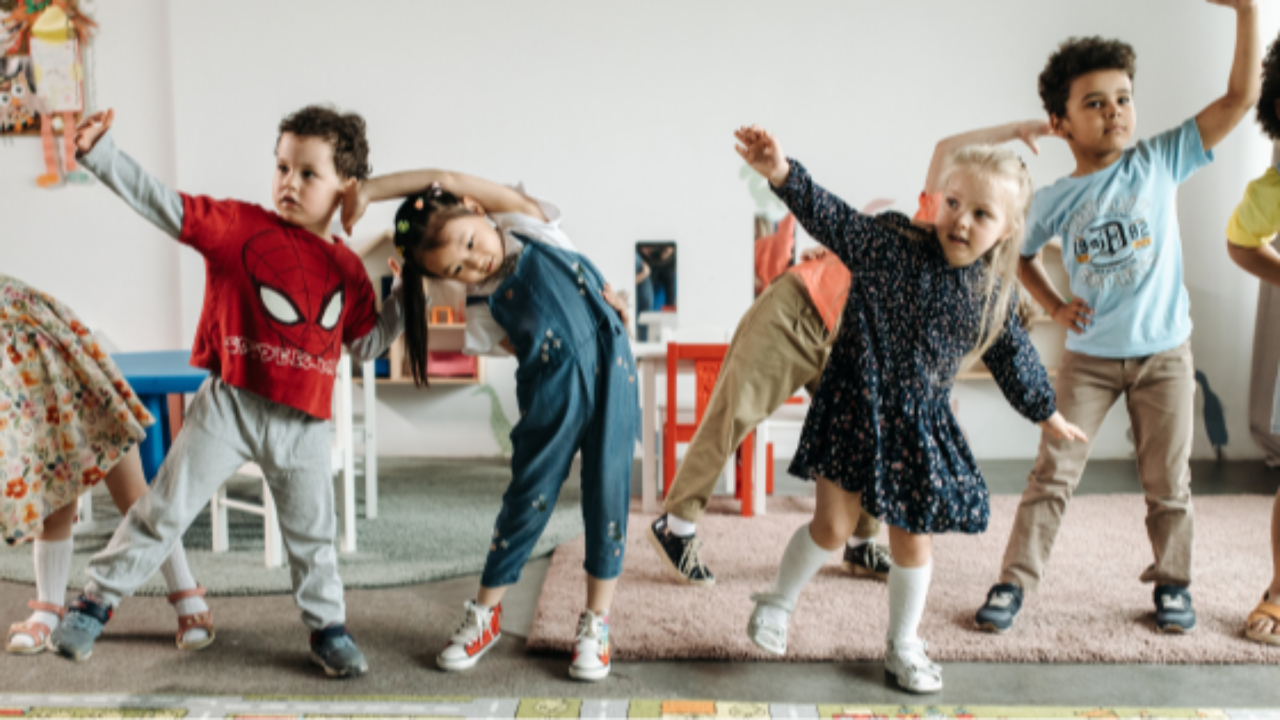
Beyond Stillness: Embracing the Wiggly Child's Learning Journey
In a world that often demands perfect stillness, our most energetic children face a challenging landscape. As parents and educators, we find ourselves navigating a delicate balance between respecting a child's natural movement and creating effective learning environments.
The Science Behind the Wiggle
What many perceive as disruptive behavior is actually a fascinating neurological process. Children who wiggle aren't being deliberately challenging—they're engaging their vestibular system, a critical sensory mechanism that helps them focus and regulate their bodies. This intricate system plays a crucial role in helping children maintain balance, understand body positioning, and process sensory information more effectively.
Practical Strategies for Supporting Wiggly Children
1. In the Classroom: Creating Movement-Friendly Learning Environments
Educators can transform traditional learning spaces by implementing movement-integrated techniques. Structured movement breaks have proven particularly effective, allowing children to release energy in supervised, purposeful ways. By scheduling short 10-minute movement sessions, teachers can actually improve overall classroom focus and attention.
Flexible seating options offer another powerful approach. Imagine classrooms where children can choose between wobble chairs, standing desks, and traditional seating. These adaptations acknowledge that learning doesn't require absolute stillness, but rather finding each child's optimal engagement position.
2. At Home: Supporting Sensory Needs
Parents play a critical role in understanding and supporting their wiggly children. Morning movement routines can be transformative—even 5-10 minutes of outdoor play or quick exercise can help regulate energy levels before school. Keeping an energy tracking journal allows families to identify specific triggers and calming activities, creating valuable insights to share with teachers.
Instead of viewing wiggling as a problem, we can reframe it as a natural developmental process. This perspective shift allows us to see wiggly children as active, engaged learners with unique learning styles rather than students who need correction.
Supporting wiggly children goes far beyond managing physical movement. It's about preserving their self-esteem, intrinsic motivation, and sense of belonging. The goal isn't to suppress their natural energy, but to guide them toward effective self-regulation.
Validation becomes key. Instead of constant correction, children need adults who can say, "I see your energy, and it's okay. Let's find a way to help you focus." This approach builds trust and helps children develop internal tools for managing their movement.
The Collaborative Approach
Successful support requires a team effort. Parents, teachers, and healthcare professionals must work together, sharing observations and strategies. Each perspective offers valuable insights into understanding and supporting the wiggly child's unique learning journey.
Remember: Every wiggle is a child's way of communicating, learning, and growing. Our job is to listen, understand, and support.


